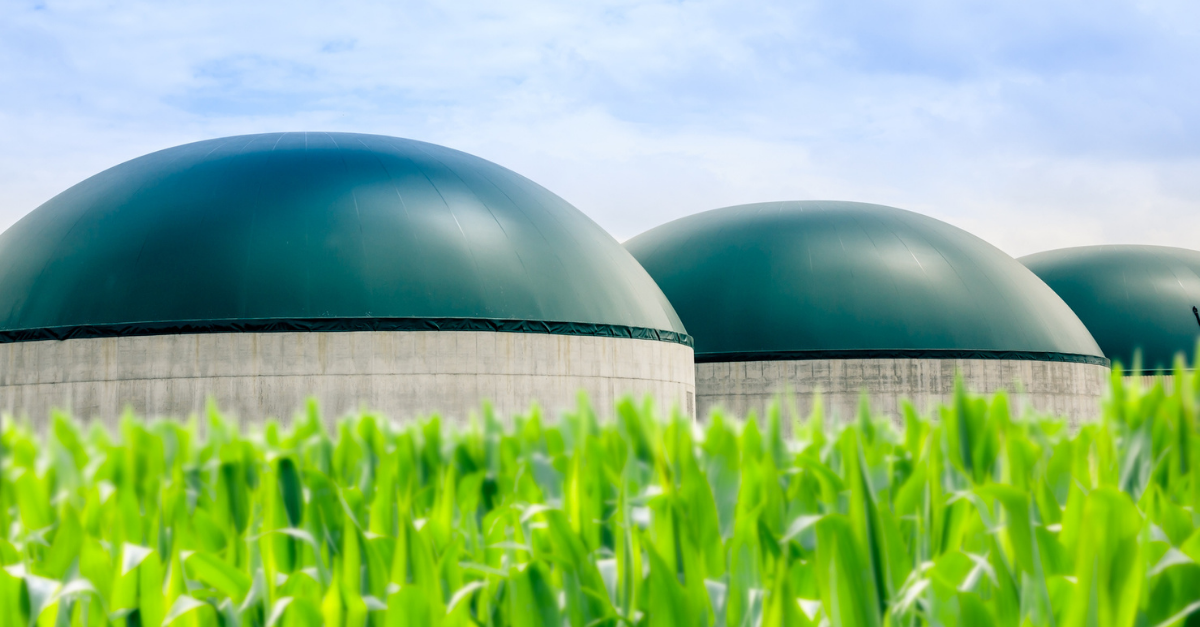Pro Gases UK is looking for a Gas Cylinder Filling Assistant at the Bootle headquarters.
Applicants will conduct various tasks ranging from gas cylinder assembly, gas filling, sorting, inspecting and labeling. Some tasks can be physically demanding with lifting and sorting of gas cylinders.
The right candidate will be a hard-working, conscientious person who likes and finds it easy to work with others. We value accuracy and the ability to take responsibility for the work you are undertaking. A good knowledge of health and safety is essential, and training will be provided.
Forklift truck driving may be required to move stillages on the yard, as well as side loading and unloading of trucks. This skill is preferred but not essential as training may be provided for the right candidate.
Hours of work are 40 hours per week (0830-1700), Mon-Fri (occasional weekend work may be required and will be discussed at interview).
Salary dependent on experience. Extensive training will be provided and so experience with handling gases is not necessary.
Job Type: Full-time, Permanent
Salary: £23,500.00 per year
Schedule: Monday to Friday
Supplemental pay types: Performance bonus
Work Location: In person
Please contact info@progasesuk.com to enquire about the role.

